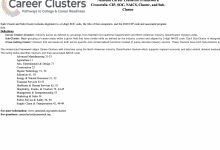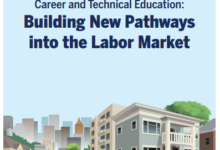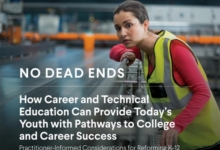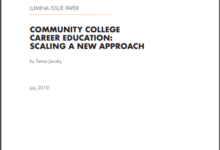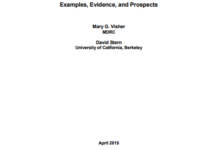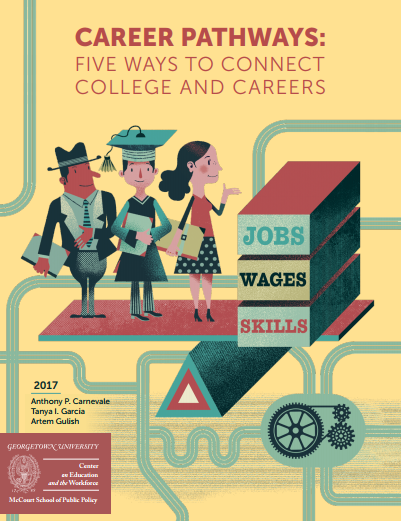In today’s economy, institutions of higher education are being asked to prepare more leaners for a broader variety of occupations than ever before. In this environment, colleges and universities must work to keep pace, adopting new technologies and devising innovations to better prepare learners for career success. This report from the Georgetown University Center on Education and the Workforce explores the role that higher education plays in helping learners navigate the complex system of postsecondary credentials. It shows how state leaders are using technological advances to improve the use of data in five critical areas:
- Helping economic and workforce developers, businesses and colleges to reduce the high costs resulting from uninformed education and workforce decisions;
- Assisting college leaders in making program-related decisions that take into account labor market needs;
- Ensuring that postsecondary education and training programs strike a balance between learners’ foundational knowledge and what they’ll need to know and be able to do in the workplace;
- Enhancing high school counseling and college advising to make the process of exploring, entering and finishing college easier for learners; and
- Helping workers understand how to take advantage of postsecondary education and training options as they change jobs and navigate their careers.
This report is a useful guide for postsecondary faculty, higher education policymakers and workforce development leaders alike. The report includes brief examples profiling how some states are approaching the use of integrated data systems to drive postsecondary career guidance and program quality.

